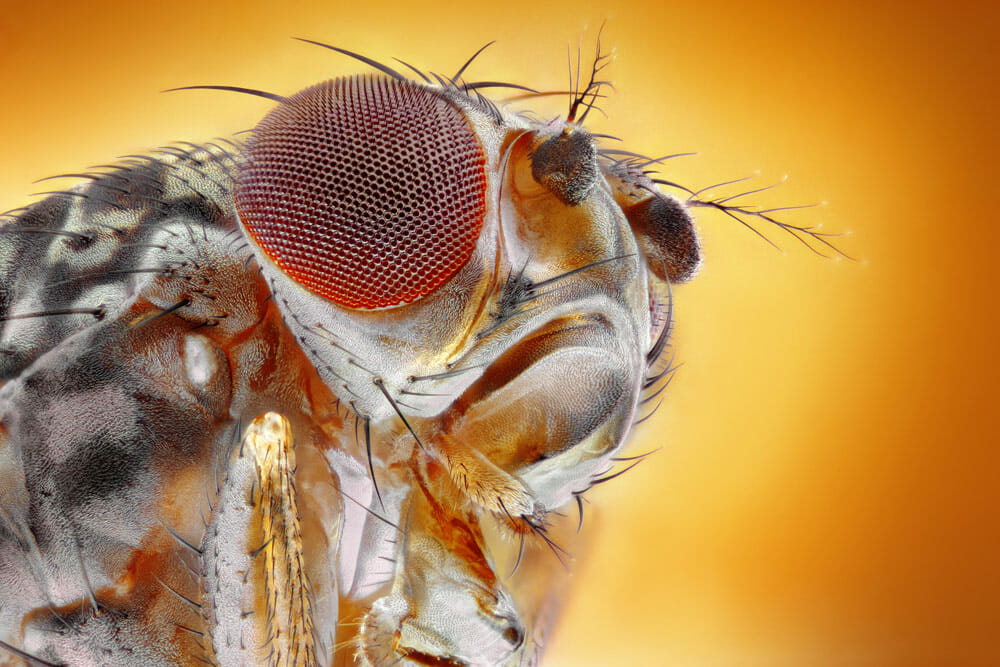Drains can provide an ideal harborage and breeding area for both big and small fruit flies. In this article, we will discuss what attracts fruit flies to drains, how to get rid of fruit flies and what you can do to prevent the problem.
What Attracts Fruit Flies to Drains?
Pest flies usually breed in decaying material and fruit flies are not an exception. Odors created by decay and fermentation naturally attract these flies because they are potentially a good source of food for their larvae. As food waste is washed down, the drain walls provide an ideal area for colonies of bacteria and fungus to thrive. Then, fruit flies lay their eggs in the biofilm produced by these harmful bacteria that are formed on the drain surfaces.
How To Prevent Fruit Flies
The most important way to prevent these flies is by not creating ideal areas where they can thrive. The following practices help to prevent fruit flies:
• Regular cleaning of drains
• Keeping drains free from buildup and free-flowing with proper rinsing
• Proper inspection of drains
• Cleaning of trapped or waste food
• Keeping drains in good repair
• Sanitizing and regular treatments with microbial products to eliminate the breeding sites
All these practices help to disrupt larval fly development so that the larvae die before reaching adult flies.
How To Get Rid of Fruit Flies
The most effective means of pest control is through integrated pest management. These include;
Inspection
The inspection should always be conducted for both an initial response to a pest infestation and follow up. This is important as it helps to evaluate the results and effectiveness of a program. It also helps to reveal infestation/breeding areas that are not noticed in routine pest control inspection.
Exclusion
Keep doors and windows closed, and conduct scheduled maintenance for repairs. On the exterior, look for breaks in caulk sealants, screens, weather stripping, and mortar joints that may allow pest entry.
Biological
After physically scouring drains with a stiff brush, use microbial drain cleaners to reduce the organic wastes which are food and breeding sources.
Sanitation
Ensure that food/breeding areas are removed and breeding conditions corrected. These areas can be as small as food debris collected in wheel casters, table supports, etc., or as large as a garbage can contents, dumpsters, and large drains.
Mechanical
Mechanical measures can include the use of insect light traps (ILTs), glue traps, and air curtains. ILTs must be placed away from competitive light sources and window and door sight-lines to avoid attracting flying insects from the outside. Some flies are not highly attracted to UV light traps, so pheromone and other types of traps can be helpful.
Chemical
As a last resort, a minimal amount of pesticide can be directed at the target species at specific locations within the plant. Areas such as trash dumpsters near building exteriors are sites where judicious chemical use can help with fly control.
Use only when necessary and strictly according to label directions and precautions; ensure the label is in alignment with the use site, and always read and follow the label.


